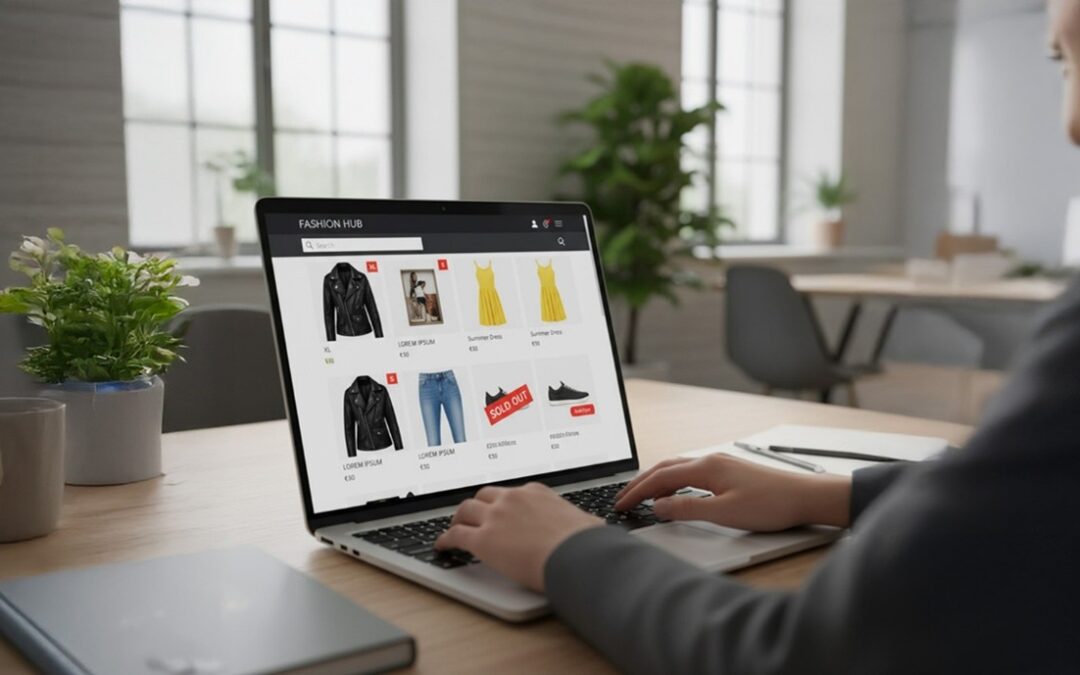Why? Well, the biggest benefit is customer experience which is central to the world of today where we’re all about experience. OMS is a strong driver of that as it ensures you provide a more complete end to end experience for your customer
Why?
An OMS provides you with two main components: firstly, a single view of inventory across all of your sources, both on and offline that you can make available to your consumers on the frontend, so they know what’s in stock and where it’s in stock. As you digitally mature you can provide additional ways to use this kind of capability such as paid and non-paid delivery, fastest route to them, in-store click and collect, ship from store and even a more sustainable delivery method to cater for more environmentally conscious consumers. It doesn’t matter what the ecommerce platform is for these types of experiences, if you haven’t got access to your real time inventory then you can’t display the necessary information and these capabilities are off the table.
The second component is that once you’ve gotten past your first initial hurdle of conversion that isn’t where the consumer’s experience ends, it only ends once the consumer has your product. Now a consumer has made the purchase they automatically switch to “when am I getting it” making a customer uncertain about this question is one of the quickest ways to go from customer satisfaction to customer dissatisfaction. This is because you’ve made a promise in that purchase, i.e. I have this product, it is genuine, there’s availability, this is its price and here’s when it’ll arrive. And so, people expect truthful, reliable delivery on these promises. however, providing reliable promises to your consumers with full certainty is only possible when you have a full view of the order with the ability to give granular updates.
To summarise, Customer experience is everything from arriving on your website to their product arriving and being in their hands, it doesn’t stop post conversion. This is where OMS delivers and excels; it ensures that the experience you provide is complete, allowing you to compete with a customer’s expectations.
Ecommerce is where people often start because they tend to think that if they improve the speed of their site and make it easier to get product to the website it’ll drive their customer experience, and absolutely it will! However, the number of conversations you inevitably get into when designing that frontend site will be lengthy due to the large number of stakeholders involved. The ultimate goal and ‘gold crown’ is to have new ecommerce platform and OMS, however OMS can be delivered incrementally and gives you that level of granularity required at a very fast pace. The MVP (minimum viable product) of an OMS: making inventory available and providing the information to your customer so they know where things are and when they’re delivered is achievable very quickly, in as little as 4 weeks, providing immediate value with a swift time to market. The MVP of an ecommerce platform will normally take substantially longer and involve much lengthier discussion across various stakeholders throughout the business. So, what comes first, the chicken or the egg? Well, the OMS comes first (provided you don’t already have those capabilities).
Today brands no longer set the expectation for their consumers, a consumer’s best ecommerce experience sets the expectations for their next one and so the expectation could be set by anyone, without the capabilities provided by an OMS, it’s possible to compete with those who set expectations; those lacking a single view of inventory can’t keep up with or deliver the same experience as those who don’t.





